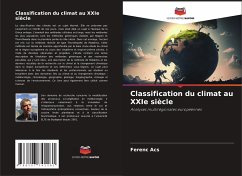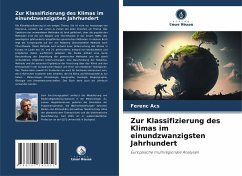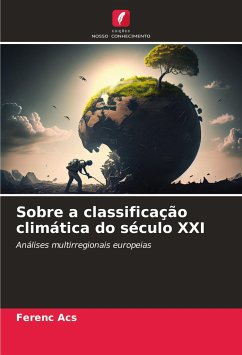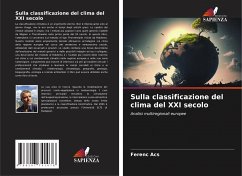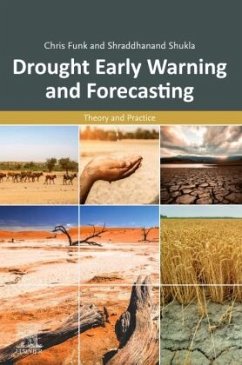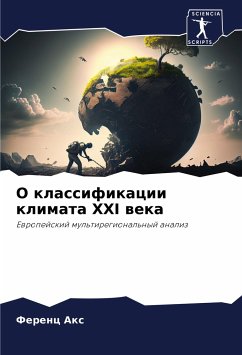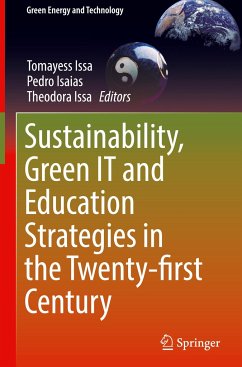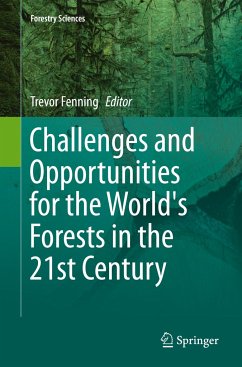
On twenty-first century climate classification
European multiregional analyses
Versandkostenfrei!
Versandfertig in 6-10 Tagen
22,99 €
inkl. MwSt.

PAYBACK Punkte
11 °P sammeln!
Climate classification is an everlasting subject. It is not only of interest nowadays, but was even a subject in the times of the Ancient Greeks. The spectrum of methods used is broad, but the most popular methods are the generic methods established by Köppen and Thornthwaite in the first part of the twentieth century. In this book, the focus is on Feddema's revised Thornthwaite-type method. This method is extensively tested through an investigation of the European region's climate during the course of the twentieth and twenty-first centuries using observed and projected data. The study conta...
Climate classification is an everlasting subject. It is not only of interest nowadays, but was even a subject in the times of the Ancient Greeks. The spectrum of methods used is broad, but the most popular methods are the generic methods established by Köppen and Thornthwaite in the first part of the twentieth century. In this book, the focus is on Feddema's revised Thornthwaite-type method. This method is extensively tested through an investigation of the European region's climate during the course of the twentieth and twenty-first centuries using observed and projected data. The study contains a brief description of the evolution of the generic methods and the possible investigations related to them, a description of Feddema's method and the latest results from research into climate and climate change in the European region and its various sub-regions. The subject can be of interest for both students and professionals studying or working in fields related to climate and climatechange - meteorology, climatology, geography, geology, biogeography, ecology, and environmental sciences. The book may also be used as a textbook.



